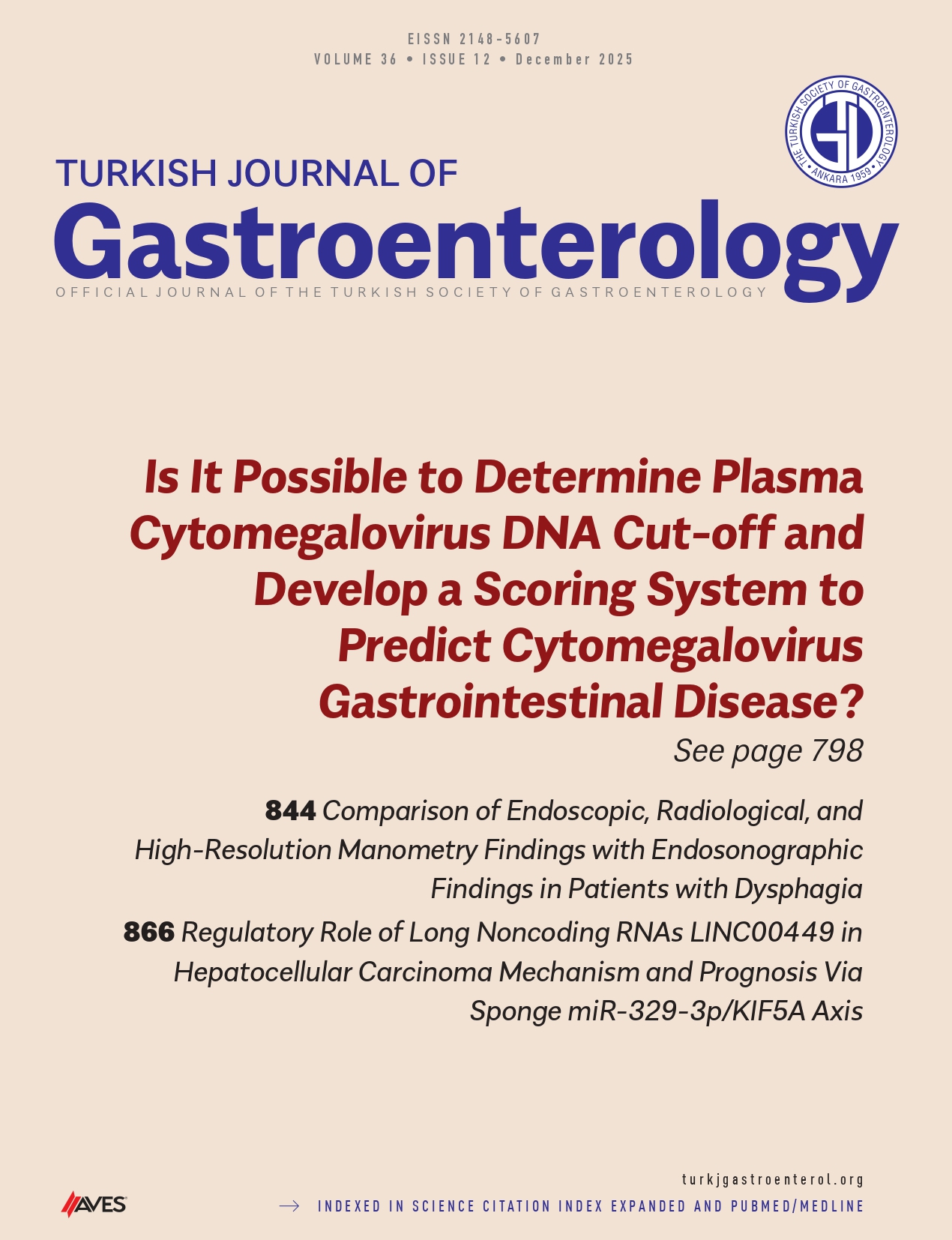Abstract
Background/Aims: The aim was to assess the efficacy of adding benzydamine (B) spray to standard treatment with a lidocaine (L) spray before upper gastrointestinal endoscopy (UGE) as a topical anaesthetic regimen.
Materials and Methods: A total of 118 adult patients undergoing outpatient UGE were randomly assigned to receive L (n=44), LB (n=38) or B (n=36) before the procedure. The primary outcome was the patient tolerance score, which represents a summative evaluation of the taste of the anesthetic agent, the intensity of pharyngeal numbness, the amount of coughing or gagging and the degree of discomfort during oesophageal intubation.
Results: The median (min-max) patient tolerance scores were comparable between groups LB (10.5; range 5-12) and L (10; range 4-13) (p=0.235) and significantly lower in group B (7.5; range 3-12) (p<0.01). LB improved several secondary outcomes. Oesophageal intubation was less difficult (5 [range 2-10] vs 3 [range 0–8], p<0.001), and a lower proportion of patients developed postprocedural sore throat (4 [10.5%] vs 15 [34.1%], p=0.011) in LB compared to L.
Conclusion: LB is not superior to L in terms of overall patient tolerance, but LB may be preferred over L in cases with difficult oesophageal intubation or a previous history of postprocedural sore throat.




.png)
.png)